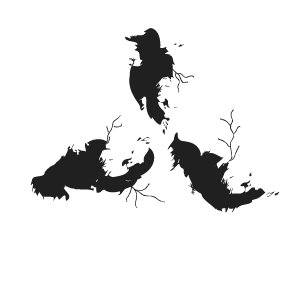Society’s Marginalized Documented by Country-less Photojournalist

Screenshot image of photo by Wesaam Al-Badry, “Iraq”
If you are cursed with having a television,* you’ve probably seen those terrible commercials asking for donations for poor, hungry children overseas. No one in those commercials ever really explains why the children are poor and hungry. Maybe because the images are so sorrowful, maybe because the “fix” is too easy – just call 1-877-HELP-ME, donate, and your conscience can be clear. I’m not insinuating that we shouldn’t send food to hungry people, if that’s what you’re thinking. But without addressing the root of these problems, you’re going to have to keep giving until either the money or the food runs out. And then what?
Have you ever wondered where the food going overseas comes from? Are charities flying food grown in the U.S.A. right over hungry American children’s heads to feed people in Africa instead? Perhaps I just think too much. But if I do, my thoughts are nothing compared to the time Wesaam Al-Badry spends learning about poor, hungry people almost every single day.

Screenshot image of photo by Wesaam Al-Badry, from “The Forgotten”
“The only thing that’s different is the color of the skin. Everywhere people are poor, I see the same things over and over. They are all treated the same,” explains 29-year-old Wesaam. He’s spent over three years documenting the lives of the poor, exploited, and oppressed peoples of America. “My goal is not to make them look pathetic,” he said during a recent chance meeting in Pittsburgh, Pennsylvania. “I want to capture their humanity, even when surrounded by a society that doesn’t really understand or care to.”

Screenshot image of photo by Wesaam Al-Badry, Pine Ridge Reservation
Wesaam’s work is stunning. He only uses film photography. For him, digital technology could never capture the grain of reality in the lives he encounters. He’s working on a four-year project to highlight pockets of human suffering and resilience in places like the Mississippi Delta, Pine Ridge Reservation, Detroit, and Appalachia to demonstrate their similarities and differences. Indeed, his images feel like windows into the present rather than a flat reflection of a moment that once was, an effect that many feel digital photography still can’t quite achieve.

Screenshot image of photo by Wesaam Al-Badry, “Mississippi Delta”
It isn’t easy to think about people who suffer. Wesaam does it by choice. Originally from Iraq, he and his family fled their home on foot after Sadaam attacked their village. His newborn sister was just a few days old. They made it to and spent four and a half years in a refugee camp. In 1994, his family was granted exodus to the United States, but before they left, Wesaam was inspired by a journalist who came to the refugee camp to tell their story. He’s now lived in the United States for 17 years and currently resides in Lincoln, Nebraska. No longer a citizen of Iraq, he’s unsuccessfully tried to gain U.S. citizenship a few times. He is not a citizen of any country, and yet he is brother to the country’s most vulnerable.
Now a journalist himself, Wesaam fulfills more than his fair share of civic duty. Every time he returns to a community he’s documenting, he brings car loads of food and supplies. Whatever the people need.
“Back home, we have a warehouse, literally, full of things people donate. When I go back to a place like Canyon City, the poorest county in Colorado, I take whatever they need. Last week I took 1,200 diapers and 80 pairs of shoes.”

Screenshot image of photo by Wesaam Al-Badry, “Tangiphahoa Parish”
As a photojournalist, Wesaam does freelance work with Al-Jazeera English and CNN, though his “main job” is with TimeLine Productions. He is fully aware of the root causes of the marginalized and oppressed people and places he photographs. At the end of his current project, he plans to exhibit his photography along with full stories of the people and places he’s captured, juxtaposing people from different parts of the world in similar circumstances.
To see Wesamm Al-Badry’s work, visit his website www.WesaamPhoto.com or his blog http://powbangpow.blogspot.com/.
*It is not the author’s intent to slander or insult any television set whatsoever.





This is really wonderful photography, Wesaam. I’m looking forward to crossing paths again soon, hopefully with cameras in hand.
This is really wonderful photography, Wesaam. I’m looking forward to crossing paths again soon, hopefully with cameras in hand.
Excellent! Thanks, Melissa! And thank you, Wesaam!!
Excellent! Thanks, Melissa! And thank you, Wesaam!!